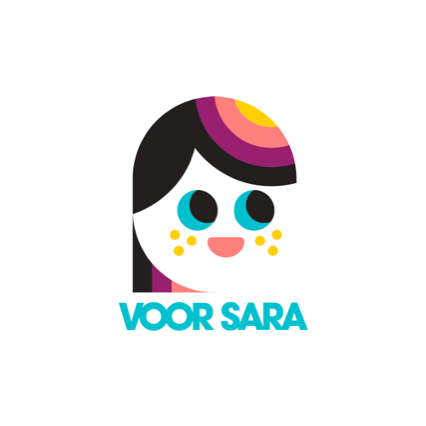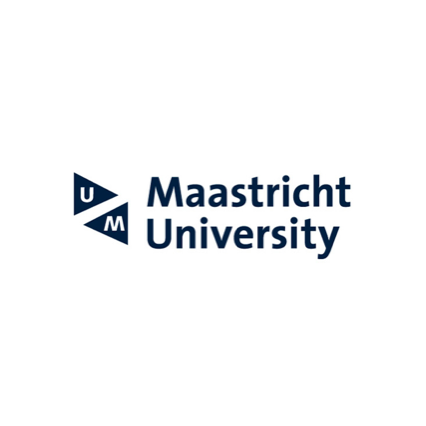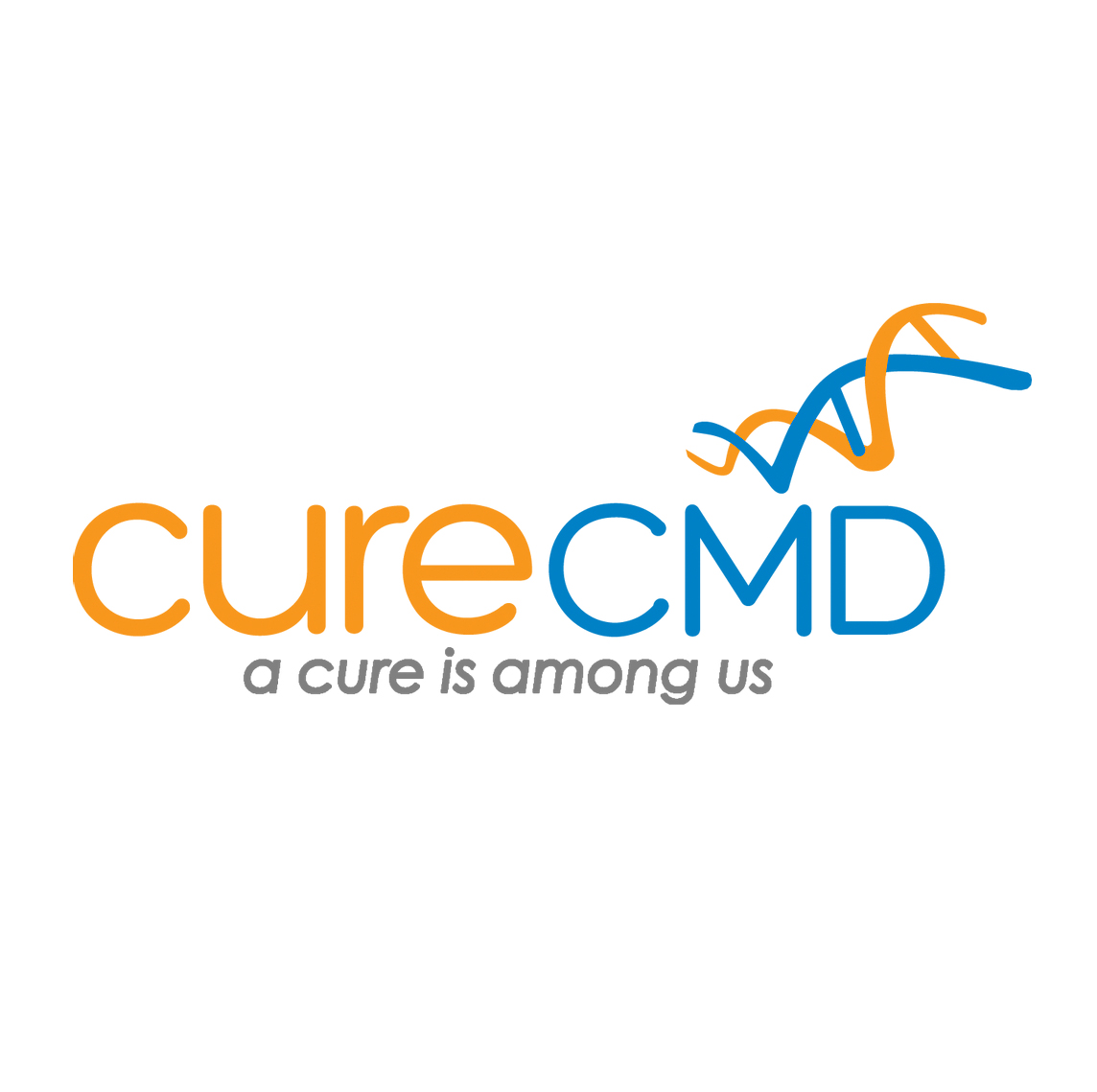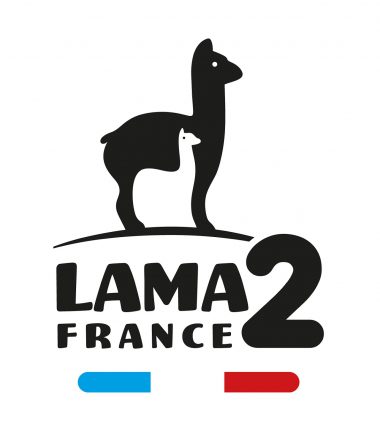Historic moment: publication of the care guideline for LAMA2-RD
This week marks an important milestone: a scientific publication has been released describing the first steps toward developing a care guideline for LAMA2 patients. The publication is the result of international collaboration during the ENMC meeting, which took place in January 2025 at the initiative of Stichting Voor Sara and Cure CMD. This moment represents a major step forward in standardizing optimal care for the LAMA2 community.
What are these guidelines?
A care guideline is a document in which doctors, researchers and other healthcare providers jointly indicate the best treatment options, follow-up strategies and care standards for people with LAMA2-related muscular disease (LAMA2-RD). The guideline is not set in stone, but rather a compass: a basis for ensuring that people anywhere in the world can expect the same quality of care. In the coming period, the guideline will be further refined and will evolve as a “living document” as new knowledge is developed. This will also be discussed during the international conference in Istanbul. The Voor Sara Foundation and Maastricht University are also publishing a brochure listing the most important points to consider immediately after diagnosis.
Why is this guideline so important for patients and families?
1. Better care, everywhere
This guideline helps doctors to act consistently. This means that someone in the Netherlands, Spain or anywhere else in the world can receive the same standards of care, rather than care varying greatly from hospital to hospital or region to region.
2. Early detection of complications
The guideline addresses issues such as breathing, surgery, the use of medical devices and an aspect that was previously less well known: hypoglycaemia (low blood sugar). This is more common in LAMA2 patients than previously thought.
4. Better planning of care and support
Families are given more clarity about what to expect: which tests or treatments may be necessary, which aids are available, when intervention is appropriate, and the importance of cooperation between specialists.
5. Patients’ voices are heard
Patients and families also spoke at the meeting. Their experiences — of breathing problems, weakened muscles, facial or speech problems — were taken into account. This strengthens the guideline: it is not merely a scientific document, but a practical tool that truly takes people’s lives into account.
What happens now?
The guideline has been published as a scientific article (abstract available on the NMD journal website). This is the start of a longer process: researchers and clinical specialists will further refine and supplement the recommendations.
The parties involved aim to keep the document alive — that is, to continue updating it as new research results come in and as patients’ practical experiences grow.
What does this mean for you?
As a patient or family member, you can pay attention to the following:
• Ask your treating physician or neurologist if he or she is familiar with this new guideline and whether the care provided at your hospital complies with it.
• Ask whether the healthcare institution is willing to make adjustments, for example in prevention, monitoring or the use of aids, based on the guideline.
• Share your own experiences: what was your journey with LAMA2 care like, what bottlenecks do you see, what did you miss? The Lama2 conference in Istanbul is the place to interact with experts. Your stories will further inform the guideline.
• Stay informed: as soon as the full guideline (with explanatory notes) is published, the Voor Sara Foundation will provide a clear explanation so that non-medical readers can also understand it.
This publication is not the end point, but a beginning — a signal that together we are moving towards better, more equal care for everyone with LAMA2. Lama2 Europe is proud of what has been achieved and determined to remain involved. We would like to thank all the experts for their tremendous efforts. Because for every patient, every step forward counts.
Berdien, Mika and Amber, three Dutch Lama2-RD patients, talk about their experiences and challenges because of this ultra rare muscular dystrophy.






